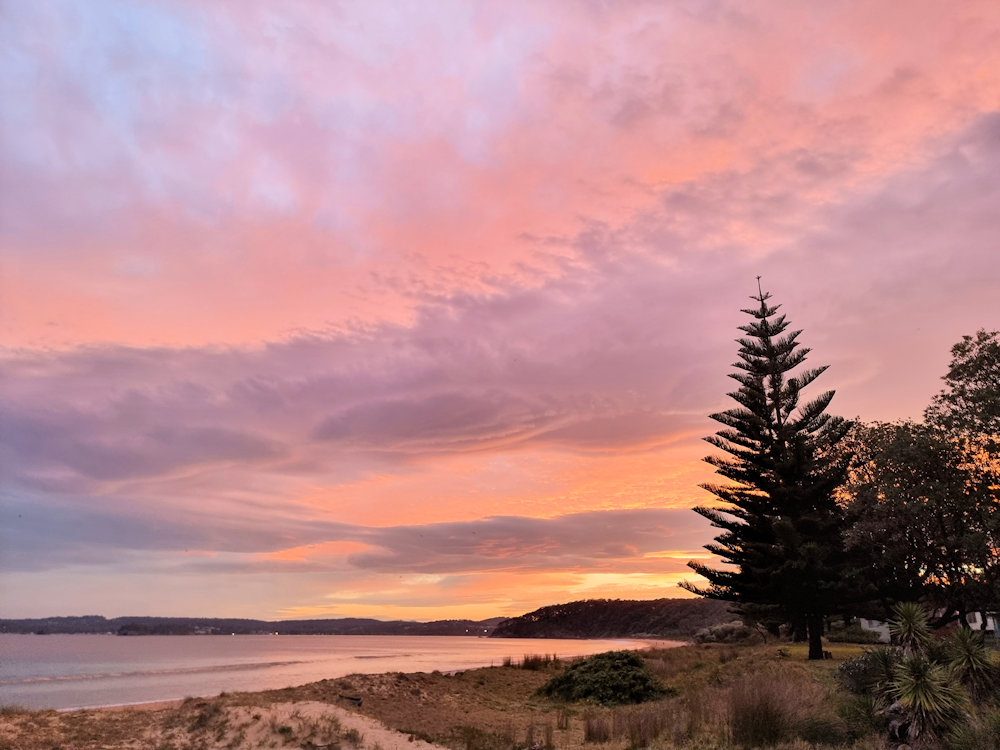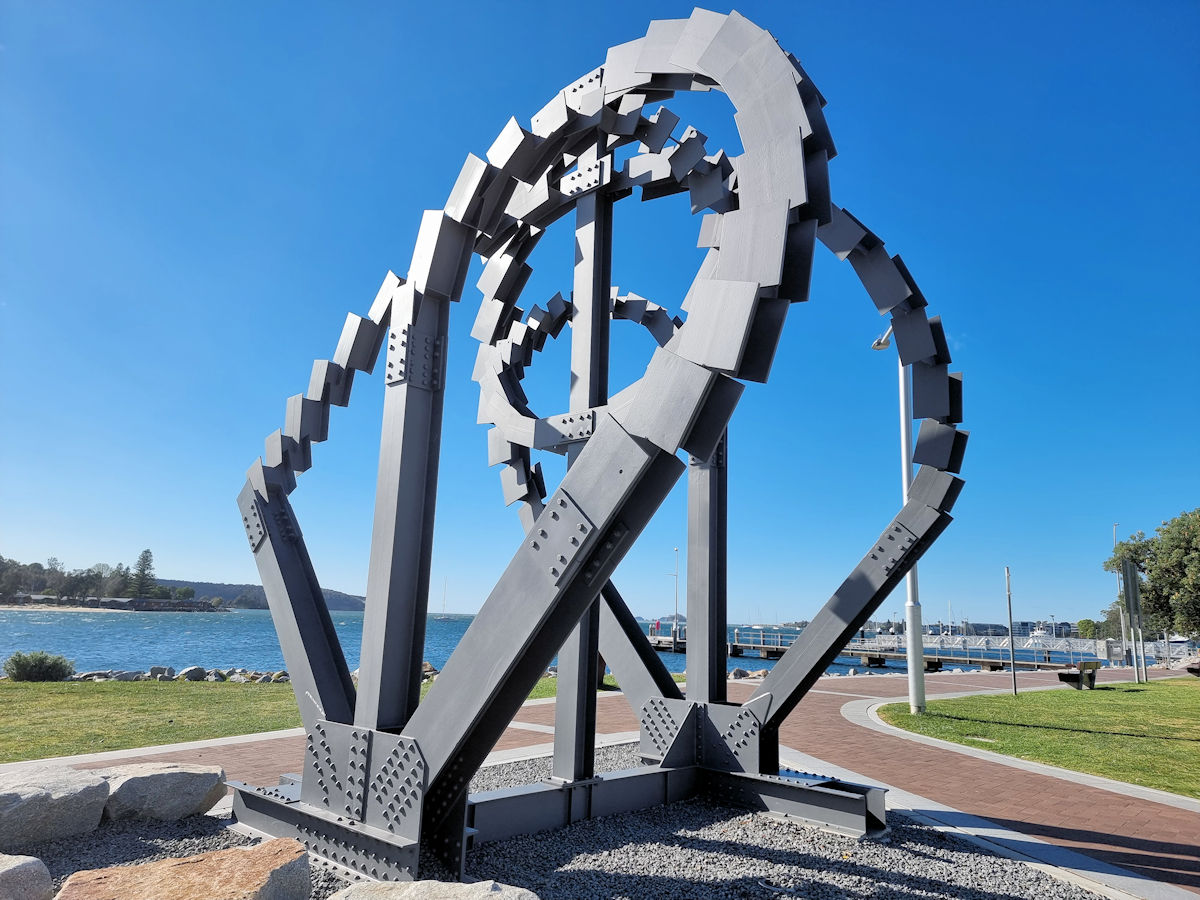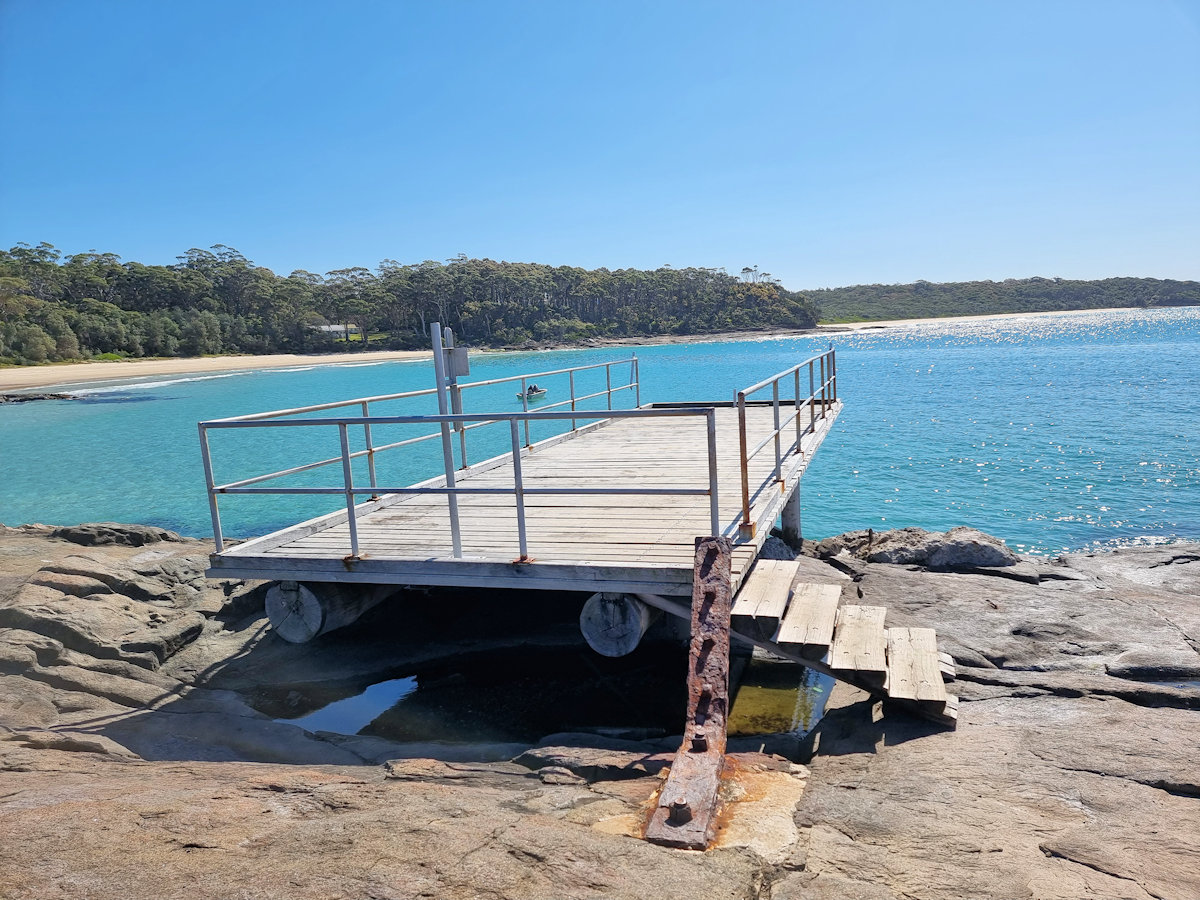Tag: NSW South Coast
-
Long Beach New South Wales

Long Beach New South Wales We stayed at Long Beach near Batemans Bay on the New South Wales south coast for a week while we explored the area. Only a 10-minute drive from Batemans Bay, it was a quiet and peaceful alternative to staying in town. From our back door, we could see over the… Read more
-
Sculpture Walk Batemans Bay

Sculpture Walk Batemans Bay Running along the Clyde River foreshore at Batemans Bay, The Sculpture Walk is a great way to take in the city centre of this NSW south coast town. Getting There Driving from Sydney will take a little over 3.5 hours, or two hours from Canberra. We were staying locally, so only… Read more
-
The Gantry

The Gantry Originally the location of a timber mill, jetty and loading derrick, The Gantry at Bawley Point only has a few reminders of its industrial past. The sawmill burnt down in 1922 and the original jetty was swept away in a storm in 2016. Designed at a fishing spot, the current structure is not… Read more